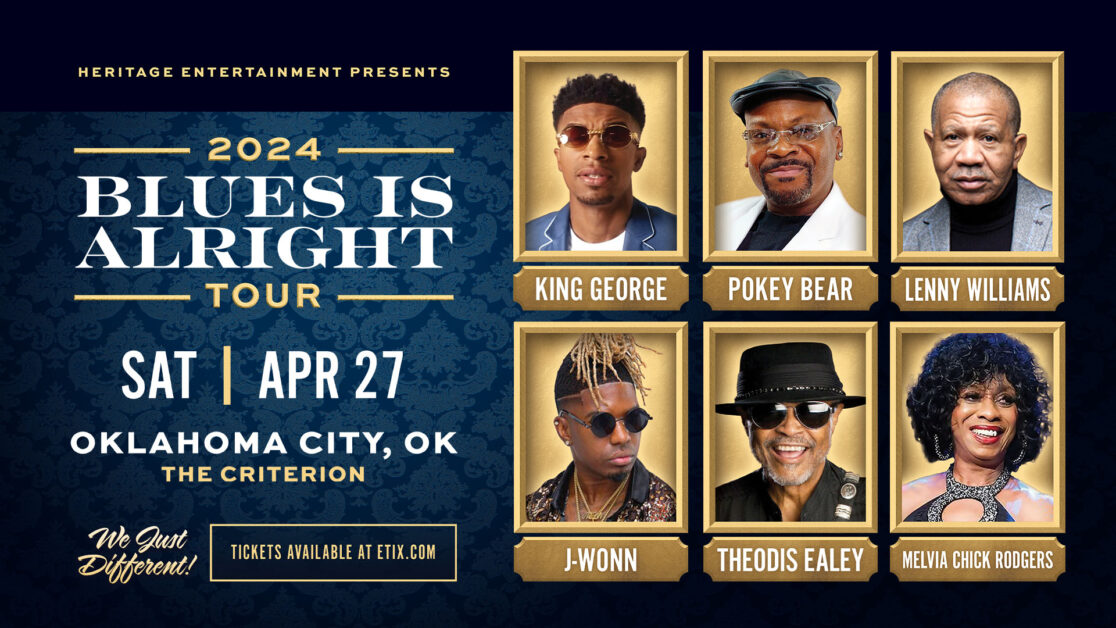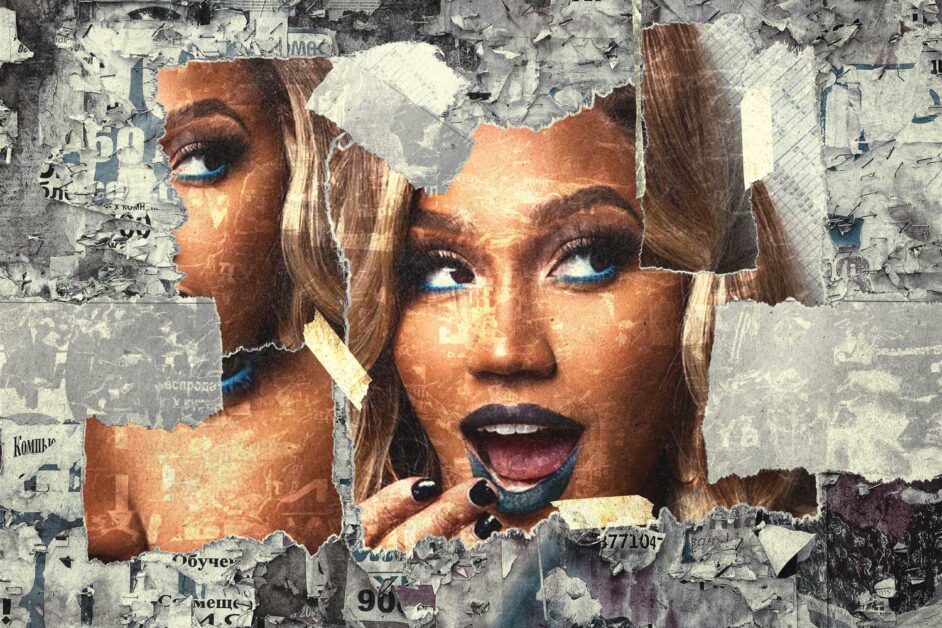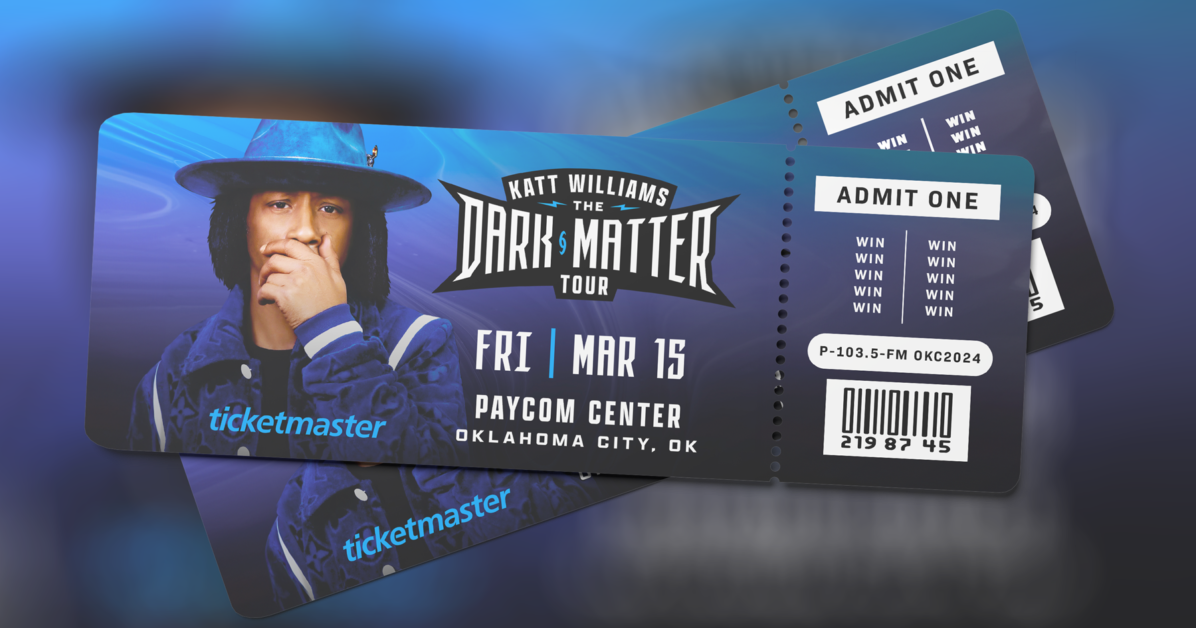Exclusive: Emma Stone and Yorgos Lanthimos on Creating a Woman Free of Shame in ‘Poor Things’
Written by on June 1, 2023
When we first meet Bella Baxter, the character that Emma Stone brings to life in the upcoming Yorgos Lanthimos film Poor Things, she is a 19th-century European woman with the brain of an infant. The subject of a strange experiment by her guardian, Dr. Godwin Baxter (Willem Dafoe), with assistance from his associate, Max McCandless (Ramy Youssef), Bella is grasping at sentience, throwing dishes to the floor and stomping around in voluminous, puffy-sleeved frocks as she ages and matures at hyper-speed.
Watching Bella’s mental age catch up to her physical development is eerie, to be sure—for an explanation of how all of this works, see Scottish writer Alasdair Gray’s 1992 novel of the same name, adapted for this film by Tony McNamara—but it’s also strangely empowering. Of all the pleasures that the world has in store, sex is perhaps her most important discovery, and as Bella pursues it with verve, she emerges as a rare female protagonist who simply has no regard for societal judgment. When a former lover, played by Mark Ruffalo, tries to shame her for working at a brothel in Paris, she shoots back: “We are our own means of production.” (As it happens, she and a colleague are on their way to a meeting for young socialists.)
View more
There are shades of Lanthimos and Stone’s darkly comic previous collaboration, The Favourite, in Poor Things, as well as (dare I say it?) a splash of the frank sexual economics that made Stone’s 2010 rom-com Easy A such a fun watch, but the new film is entirely its own, and the sex isn’t its only fulcrum. Bella’s delight in travel, custard-filled tarts, dancing, disobeying orders, and—eventually—academic study feels like an exhortation to embrace the sensory joys that exist at the edge of our consciousness. Without the gendered cultural context that might otherwise render her abilities and her preoccupations as less-than, Bella is utterly free—even amid the everyday brutality and patriarchal ugliness that also exists in Poor Things.
Vogue recently spoke to Lanthimos and Stone about their long journey to making Poor Things (Stone was also a producer on the film), telling a new story about women’s sexuality and liberation, dressing Bella through her many evolutions of self, and more.
Vogue: How was the idea to adapt this project sparked?
Yorgos Lanthimos: I’d read the book many years ago, and I went and met the author, Alistair Gray, up in Scotland, to convince him to give me the rights to option it. And he did. He was a very lovely man. Unfortunately, he died just a couple of years before we actually made the film, but he was very special and energetic; he was 80-something [when we met], and as soon as I got there, he had seen Dogtooth and said, “I had my friend put on the DVD, because I don’t know how to operate these things, but I think you’re very talented, young man.” I was young back then. [Laughs.] He started walking me around Glasgow, showing me various places he had incorporated into the book and the university that he taught in, and it took me a while to catch up with him, he was so energetic and excited. Unfortunately, it took me a while to be able to put the film together, because at the time, I hadn’t made an English-language film. I made The Lobster later, and it was a long process to prove to myself that I could make English-language films and have them do well. After the relative success of The Favourite, where I actually made a slightly more expensive film that was successful, people were more inclined to allow me to do whatever it is that I wanted, so I just went back to Gray’s book and said, “This is what I want to do.” It was a long process, but the book was always on my mind.
What was it like for the two of you to collaborate again, five years after The Favourite came out?
Emma Stone: We’ve known each other for about eight years now, and we started talking about this film around the time we were making The Favourite, in 2017. In the interim, we did a short film called Bleat in Greece at the beginning of 2020, and then we worked together again in New Orleans this fall, so it feels like it’s just been this sort of continuing process.
Lanthimos: It’s so different when you know someone after having worked with them and gone through promotion and festivals and everything. We knew we wanted to work together again, and by the time we started making more things together, we knew each other really well; we trusted each other and we respected each other, and I think we inspire each other as well.
Stone: This film definitely felt different, because we talked about it for so long. It was so interesting to be involved in how the film was being pieced together, from cast to department heads to what have you. Ultimately, Yorgos was the one making those decisions, but I was very involved in the process, which started during the pandemic; we were reaching out to people and casting and everything during that time, because we couldn’t go anywhere.
Yorgos Lanthimos and Stone on the set of Poor Things.
The film’s take on female sexuality and agency feels so fresh; Emma, what do you hope that people take away from your portrayal of Bella?
Stone: It’s always hard for me to say what I hope people take away, so I think it’s probably easier to just say what I felt about the role, or what inspired me about it. It’s such a a fairy tale, and a metaphor—clearly, this can’t actually happen—but the idea that you could start anew as a woman, as this body that’s already formed, and see everything for the first time and try to understand the nature of sexuality, or power, or money or choice, the ability to make choices and live by your own rules and not society’s—I thought that was a really fascinating world to go into. Yorgos is European, so he has a little bit more freedom around these things, but I’m from Arizona, and I had my own version of growing up as a girl in American society. Watching Bella mark that journey of going from such a self-focused kind of pleasure-seeking—whether it was, you know, eating way too many tarts in Lisbon or wanting to experience pleasure in all these different capacities that she learns about while being possessed by men—to wanting to become a doctor and help people in a different way, these lessons that we go through in our lives over a long period of time are happening very quickly for her, and it was such a great opportunity to live an entire life that wasn’t marked at all by shame or trauma.
Even though Bella has obviously been through trauma in her life, it just isn’t there for her now. She was the most joyous character in the world to play, because she has no shame about anything. She’s new, you know? I’ve never had to build a character before that didn’t have things that had happened to them or had been put on them by society throughout their lives. It was an extremely freeing experience to be her.
And what was it like to portray Bella in her almost-feral “early” stage?
Stone: I thought I would love that. We shot pretty chronologically, so it began with that, but then we also shot the end scene soon after, so I had to go from the beginning of Bella to the end of Bella without having shot any of the in-between. We rehearsed so much and talked about it for such a long time, but Bella was just growing so rapidly. There’s no world where I would have done this project with anybody else. I think you could probably feel it when you watch the film that I trust Yorgos implicitly. We had three weeks of rehearsal process where everybody was together, but I knew the actual shooting experience itself was going to be when I needed to let go of shame or fear of my own self-judgment. In a way, I kind of did have to alter my mind for the beginning of shooting. Speaking of the infant part of Bella’s development, I think I cried every day that first week because I was being so hard on myself, but as time went on, I was sort of able to shed that a little bit, although maybe not completely.
Lanthimos: Emma really found that complexity of not just playing Bella as a child or a baby in a cute way; it was quite tricky, and the way we approached it in the end was to really work with the physicality of the character without trying to analyze it or understand it.
Stone and Mark Ruffalo, as Duncan Wedderburn, in Poor Things.
There’s such a range of masculinity presented within the film, from Mark Ruffalo’s character to Willem Dafoe’s to Ramy Youssef’s; what was it like to assemble this cast of men who all seemed to represent such different desires and wishes for Bella?
Lanthimos: There are variations, I guess, but in this film, there’s a general tendency to try to control [Bella]—even if it’s done in a caring or subtle way, in the way that a parent might or that [Dafoe’s character] Baxter does, or just being infatuated in the way that Ramy is. You know, being a nice man deep down, but still having the characteristics of a man of that era. You take a wife and place all these kinds of conventions and a quite narrow understanding of how life works and how people should work onto her, and people then want to take advantage of her and ultimately fall in love with her because none of them has ever come across a human like that—let alone a woman in that period—who is so free from convention and has no guilt, no shame, no judgment about herself or other people. There’s this array of different men trying to have impact on her life, and that’s what makes her grow.
Stone: I remember when you first talked to me about the book, there was something that you brought up in describing the character where you were saying that the more agency Bella gets, the more she learns and grows, the more it drives these men insane. The more she has an opinion and her own wants and needs and all of that, it makes them crazy; they want her to stay this sort of pure thing.
Margaret Qualley (as Felicity), Willem Dafoe (as Dr. Godwin Baxter), and Ramy Youssef (as Max McCandless) in Poor Things.
This being Vogue, I have to ask about Bella’s style transition from the loose, puffy silhouettes of her childlike era to the almost corseted gown she wears at the film’s climax. What was that sartorial conversation like?
Lanthimos: Holly Waddington, who did the costumes, and I realized early on that costumes and production design would be a very important part of not only telling this story, but creating a world. A character like Bella hasn’t been seen before, so you need to start from scratch, because there’s not a straightforward way to go; the book takes place in the late-19th century, but at the same time, it’s kind of an open, unknown period, because there are a lot of elements in it—from technology to costumes—that are not loyal to the period, and feel almost futuristic. We looked at materials they used in the ’70s and thought about how they would work in a costume, from latex to plastic to all sorts of things.
Stone: At the start of the film, Bella is being dressed by a maid and is wearing that white silk house cape a lot of the time; then, once she’s set off on her journey, she’s dressing herself, so she’s wearing bloomers with a jacket and a big hat or whatever, and I loved that element of, How would Bella put clothing together with the way her mind works at this point? At the end, there are these very military-looking dresses that look like nothing you’ve seen Bella wear; things are much more form-fitting and constrained, but that’s because she’s come to a place where she’s grown and decided who she is and what she’s going to do. She’s not assimilating, necessarily, but there’s just more structure there.
An exclusive look at the first poster.
This conversation has been edited and condensed. Poor Things is in theaters on September 8. See more first-look images from the film below:
Mark Ruffalo as Duncan Wedderburn in Poor Things.
Suzy Bemba as Toinette in Poor Things.
Emma Stone and Jerrod Carmichael (as Harry Astley) in Poor Things.
watch avatar the way of water full movie
watch avatar the way of water full movie
watch avatar the way of water full movie




